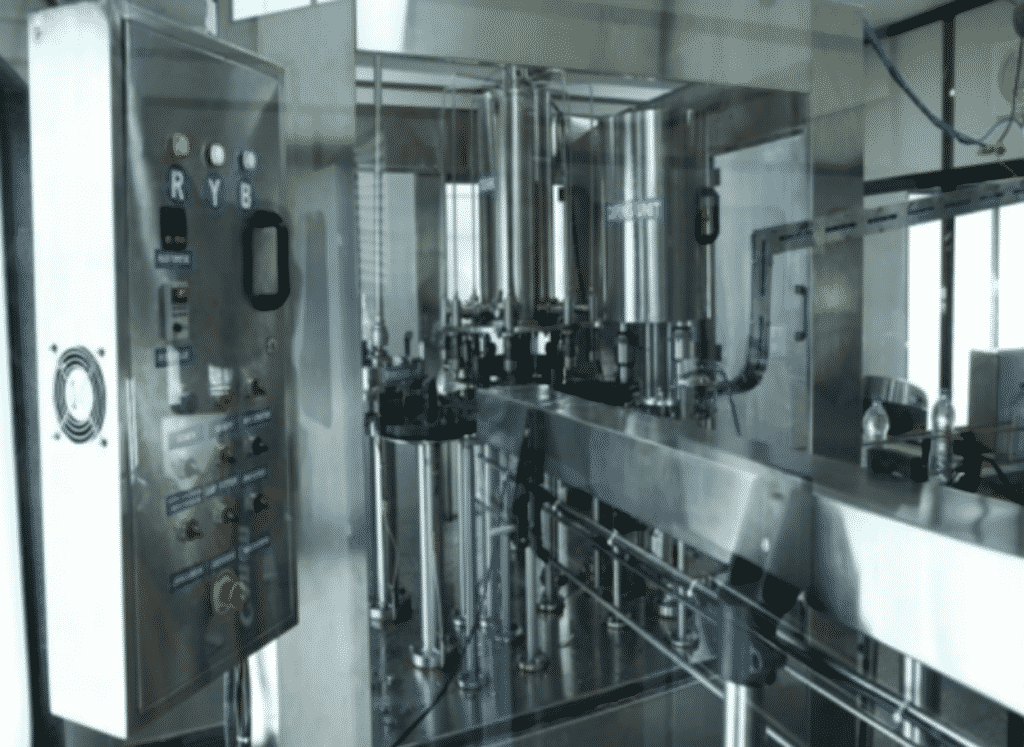Automation technology such as the automatic capping machine is quickly adapting to transforming needs of markets and includes substantial benefits to labor expenses, profits, consumer fulfillment, brand impression and more. While automation is not, on its own, a solution to sector changes, it is a needed part of intelligent digital transformation.
Choosing an automatic capping machine supplier
Credibility of the capper manufacturer
What experience does the producer have with cappers generally? What range of capper designs are provided? What duty do cappers play in the maker’s business– are they an indispensable part? Do they make their own cappers? The length of time have they been making cappers? What reputation does the manufacturer have in the market?
Track record of the capper
Can the maker give referrals for the capper you are taking into consideration? Is this capper a prototype? Can you see video clips of it running comparable items?
Assistance without a service call (guarantee)
Is remote maintenance and programming provided? What does the warranty compare to industry standards? Does the provider offer a preventative upkeep program, training permanently and local solution visits?
Vibrant or fixed manufacturer?
Where was this supplier 5 years back, where are they today, and what is their vision for the future?
Types of automation
All automated systems will come under either Fixed, Programmable or Flexible, but there are numerous other global and particular applications of automation.
Programmable Automation
In this the manufacturing equipment is developed with the capacity to alter the sequence of procedures to fit different item setups. The procedure series is regulated by a program, which is a set of instructions coded to make sure that the system can read and translate them. New programs can be readied and inputted into the equipment to create new products.
Fixed Automation
Additionally called Hard Automation, Fixed Automation entails the utilisation of specific-purpose equipment to automate a repetitive sequence of jobs, handling or assembly operations. Normally, the operation sequence is not complex, involves essential functionalities like rotational or plain direct movement, or an amalgamation of both. The advantages of fixed automation are improved rate of production, modest cost of the unit, and the automation of the product handling procedure. If the automation duplicates the same tasks with the same systems, it is Fixed Automation One of the most notable restriction, here, is that Hard Automation systems need to be changed when new jobs need to be completed.
Integrated Automation
Integrated Automation is a thorough automation framework. Integrated automation seeks to lower the complexity of independently automated job processes by streamlining communication between automatic procedures. As opposed to enabling five automated systems to run individually, integrated automation merges them under one system. This automation type can include innovations such as Flexible Machining Systems, Automated Material Handling, and Computer-Aided Production.
